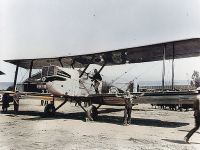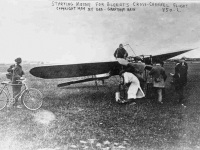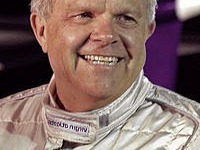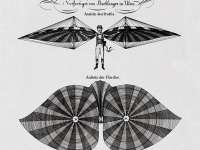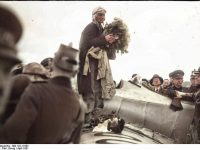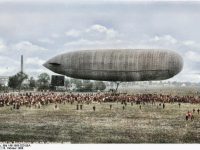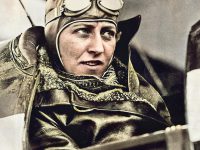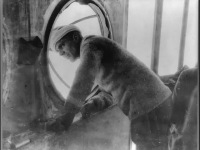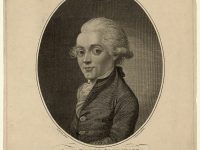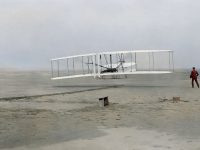Around the World in 175 Days – The Circumnavigation of the Earth by Plane
On September 28, 1924, the first successful circumnavigation of the earth by plane was achieved, when after the 175 days journey a team of aviators of the United States Army Air Service landed again in Seattle. Airmen Lowell H. Smith and Leslie P. Arnold, and Erik H. Nelson and John Harding Jr. made the trip in two single-engined open-cockpit Douglas World Cruisers (DWC) configured as floatplanes for most of the journey. Four more…
Read more

